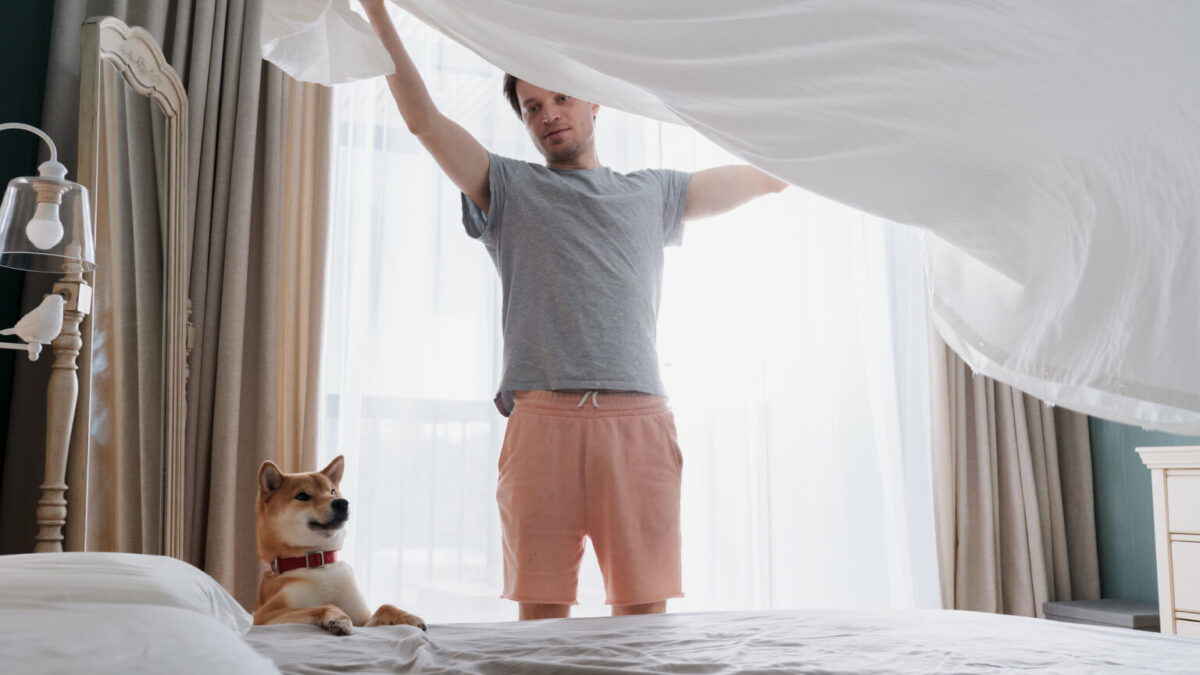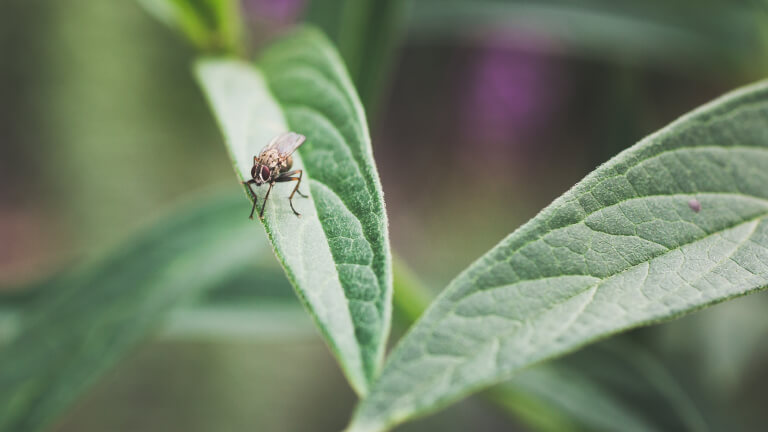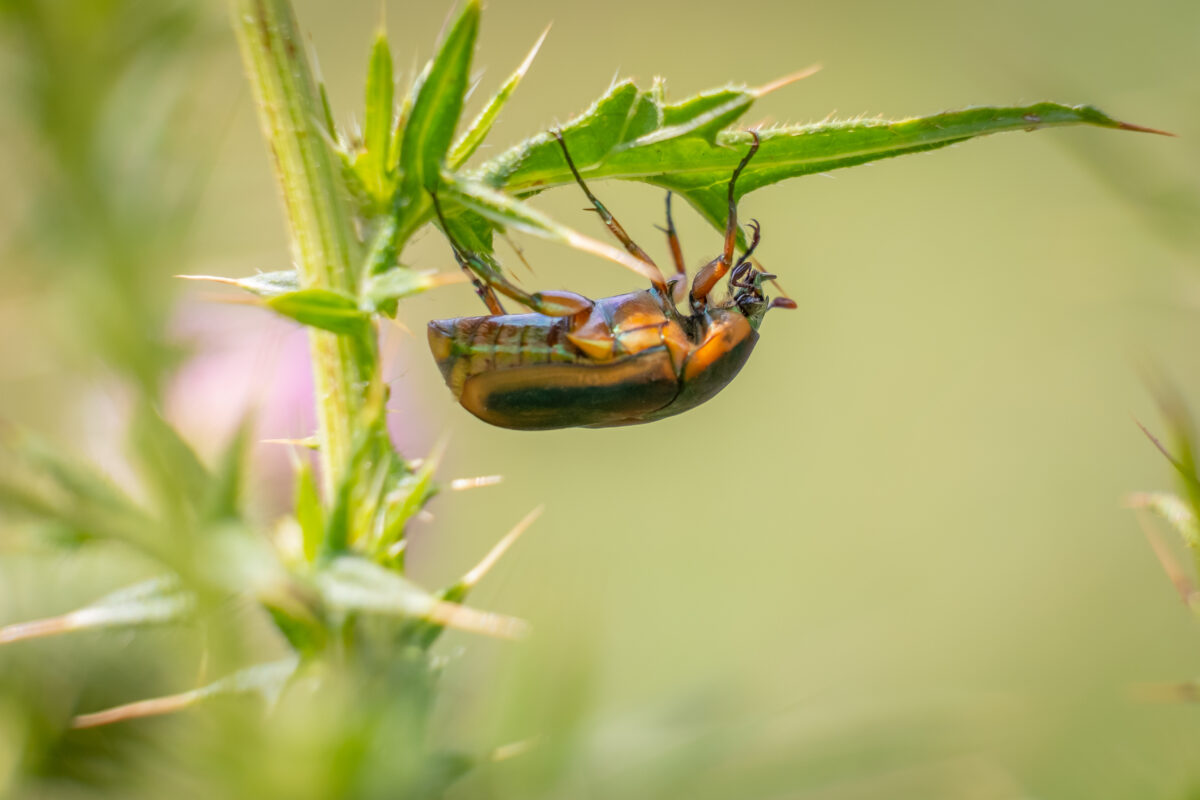How to Get Rid of Fleas Quickly and Effectively
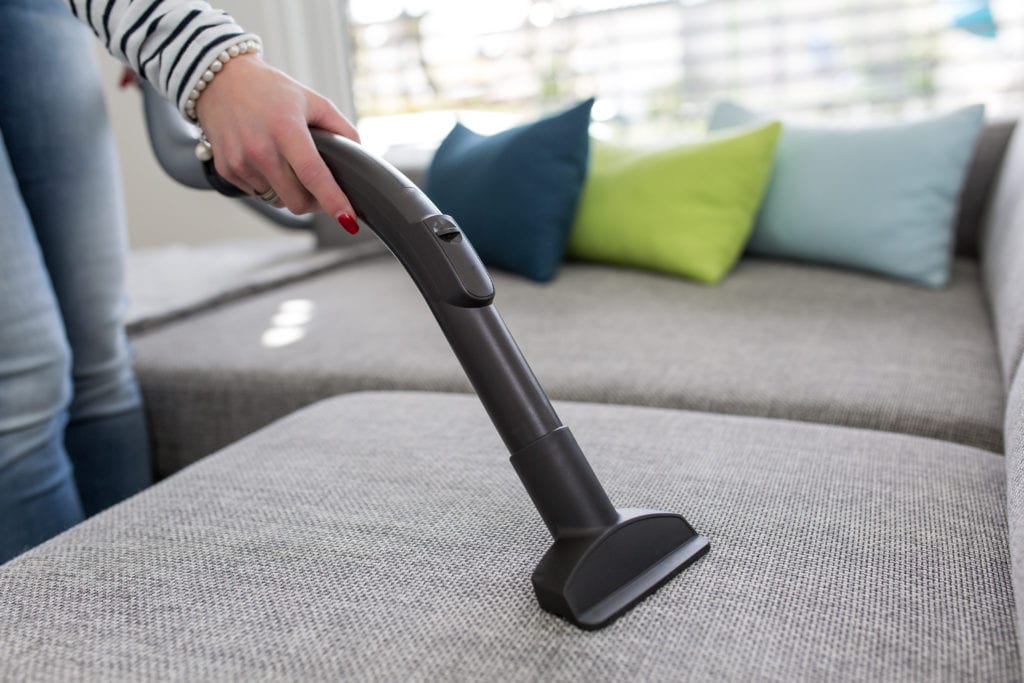
The products featured here are independently selected based on thorough research from our editorial team. If you buy something through links on our site, we may receive a commission.
When you think of fleas, you may consider them a problem reserved for cats and dogs. Unfortunately, fleas can infest your home and use you as a host. This can lead to annoying and itchy bites, allergies, and potentially serious disease. The best way to get rid of fleas in your house is with quick action using effective methods of eradication and prevention.
What do fleas look like?
Adult fleas are small pests measuring about ⅛ of an inch. Fleas are laterally compressed or bilaterally flattened which means that they are narrow from side to side. The small size of fleas, along with the lateral compression, makes it easy for them to move through hair on hosts such as dogs, cats, and humans. Adult fleas are black to reddish-brown in color and have six legs and the hind legs of fleas are strong and designed for jumping. Fleas also have mouthparts that allow them to pierce skin and suck blood.
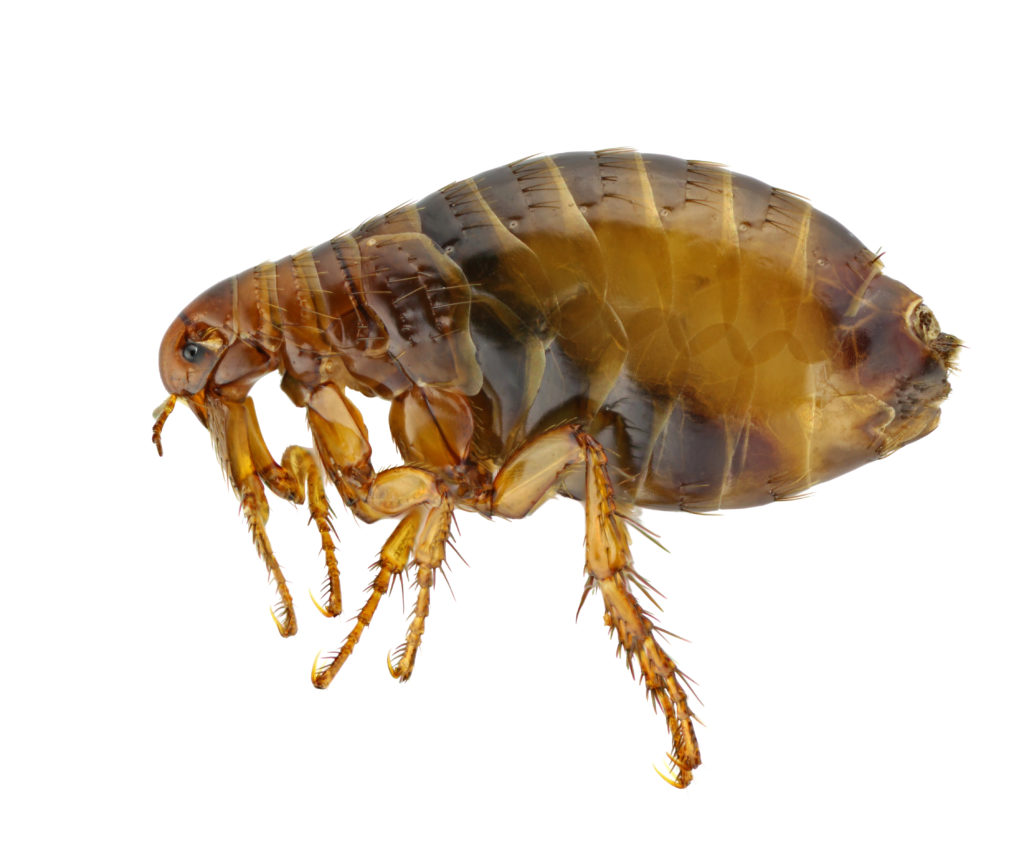
How do you get fleas?
If you discover fleas in your home, your first question is probably where they came from. Fleas are often brought into homes by pets such as cats or dogs, or by other pests like rats. Pets can encounter fleas in the yard and become infested and then when your dog or cat comes inside the fleas come in as well. Female fleas can lay eggs while on your pet and those eggs can fall off into carpet, rugs, bedding, and cracks and crevices around your home. Flea larvae eventually hatch from the eggs and transform into adult fleas. This cycle will create a serious flea infestation in your home in a relatively short amount of time.
Threats that come with a flea infestation include irritation, allergies, and disease. Fleas can cause you and your pets to have itchy spots in the areas where they feed. In addition, some types of fleas can transmit organisms that are known to cause disease. Cat fleas are common in the U.S. (on both dogs and cats) and can transmit organisms that cause diseases such as the bubonic plague and murine typhus.
How to check for fleas
Adult fleas are small and flea eggs and larvae are even smaller which makes it difficult to check for fleas in your home. You won’t notice a flea running across your living room floor like you would notice a cockroach or mouse. But there are a few tricks you can use to determine if pesky fleas have invaded your home.
The first step to determine if you have fleas in your home is to watch the behavior of your pets. If you notice that your dog or cat is suddenly scratching or biting at its fur, that may be a sign of a flea infestation. When your pet gets fleas, the infestation can quickly transfer to surfaces inside your home. If you suspect fleas in your carpet, vacuum your carpet or rug with a high-powered vacuum. Be sure to empty the receptacle before vacuuming so you can easily check the contents afterward. When you finish vacuuming, look through the contents and check for flea eggs, larvae, and adult fleas. Eggs are smooth, white, and come in at 1/64th of an inch which makes them really hard to see. Flea larvae are worm-like, 1⁄16 to 3⁄16 inches long, with a translucent body and brown head. Adult fleas are typically brown, have six legs, and measure around ⅛ of an inch. Transfer the contents of the vacuum to a clear bag that you can seal in order to check the contents without allowing the fleas to get away.
How long can flea infestations last?
The amount of time that a flea infestation can last depends upon the conditions in your home. Favorable conditions are those that provide the right temperature (70 degrees or higher), humidity (at least 70%), and the availability of a host. The temperature-controlled environment of most homes provides flea eggs and larvae with the conditions they need to quickly grow into biting adults. In favorable conditions, larvae can hatch from eggs in two to twelve days and can transform into adults anywhere from 8 to 21 days later. The cycle can continue indefinitely without proper intervention.
How to get rid of fleas, step by step
If you want to get rid of fleas, it is important to learn where this pest spends its time. The most common places include in your yard, on your pets, in carpet, on furniture, in bedding, and in crevices around your home.
Step 1: Vacuum carpet, rugs, floors, furniture, and mattresses with a high-powered vacuum.
A high-powered vacuum can suck up adult fleas, larvae, and eggs from your carpet and furniture. Eggs and larvae can often be found in cracks and crevices so use the crevice tool attachment on your vacuum for those areas. Use a bag that you can seal to discard the contents from vacuuming into an outside trash can.
Step 2: Invest in chemical flea treatment options for the inside of your house.
If you are looking for options for how to get rid of fleas inside the house, consider chemical flea treatment. Flea bombs and chemical sprays are two of the best ways to kill fleas in your home.
Step 3: Apply flea treatment for yards.
Pets often pick up fleas in the yard. Flea treatment for the yard is the best way to get rid of fleas because it addresses the problem at the source.
Step 4: Apply flea treatment and prevention to your pets.
Another important step in your search for options of how to get rid of fleas is to apply flea treatment and prevention to your pets. This can come in the form of a flea collar, spray, or prescription options from the vet.
Products you can use to treat a flea infestation
- Flea bomb: A flea bomb or fogger such as the Raid Max Fogger sets off a mist of chemical treatment in your home that is designed to kill adult fleas and larvae, and prevent eggs from hatching.
- Flea spray: Enforcer Flea Spray for Homes that you can use to eliminate a current flea infestation and protect against future infestations.
- Flea collar: Flea collars such as Soresto are designed to repel fleas and can be worn by your dog or cat.
- Flea yard treatment: Flea treatment for your yard like Wondercide Natural Ready to Use Yard Flea, Tick and Mosquito Spray can eliminate fleas at the source and help prevent an infestation in your home.
Don’t want to use chemical cleaners? Here’s how to get rid of fleas naturally
If you are averse to using chemical cleaners or sprays, then you may be searching for natural home remedies to get rid of fleas in your house. A common recommendation to get rid of fleas naturally is to use a mixture that includes vinegar on your pets and the surfaces of your house. When you combine a vinegar-based home remedy with other natural efforts to get rid of fleas—such as vacuuming thoroughly and often—you should see results.
There are a number of natural flea treatment and prevention products on the market that are made with non-toxic, plant-based ingredients such as Vet’s Best Flea and Tick Yard and Kennel Spray and Vet’s Best Flea and Tick Home Spray. These can be an effective alternative to using chemical-based flea treatment and prevention products.
When to call a professional exterminator to treat fleas
If you have tried without success to eliminate fleas from your home, then it is time to get some professional help. If you discover fleas in the apartment or house you are about to move in to, it is best to have it professionally treated to prevent the infestation from spreading to your pets, rugs, furniture, and bedding once you move in.
How to keep fleas out of your home
In order to keep fleas out of your home, you need to treat the problem at the source. When it comes to fleas there are two main sources that are problematic: your yard and your pets. Treating your yard for fleas on a regular basis will significantly reduce your likelihood of developing an infestation in the house. Additionally, using preventative flea treatment on your pet will help keep fleas out of your home.
The bottom line on fleas
Fleas are annoying pests that often come into your home via your pets and they can infest your carpet, rugs, bedding, and furniture. Flea eggs and larvae often hang out in the cracks and crevices around your home until they develop into adults and start looking for a host. These pests can pose a real danger in the form of skin irritation, allergies, and disease. Fortunately, there are a number of chemical and natural flea treatment options that you can explore. And if all else fails, hire a professional exterminator.
Frequently Asked Questions
How long do fleas live in your house?
Female fleas can lay up to 25 eggs per day which means that an infestation can continue perpetually until you intervene.
Does vinegar kill fleas?
Vinegar is commonly used in mixtures to help kill fleas but it is not an effective method on its own for a serious flea infestation.
How do exterminators treat flea infestations?
An exterminator will use a combination of methods to treat a flea infestation including chemical treatment, prevention, and removal of flea eggs and larvae.
Do all exterminators offer flea treatment?
Flea treatment is not offered at all pest control companies. If you need help dealing with fleas it is important to ask any company you are considering if they provide flea treatment.

